“Quranic Stories” is a new and scientific analysis of the stories of the prophets. In Part Two, the author continues the path of prophethood to see how the sciences and knowledge of prophecy accumulated, how humans discovered fire and burying the dead, how they learned, at the hands of Noah, how to cross water barriers, at the hands of Shu’aib, how to fulfill the obligation of measuring and weighing, and at the hands of Joseph how to store the harvest of bounty seasons for days of famine. He continues the path of the messages to see how religious laws diversified and evolved from strict religious laws to strict religious laws, with a clear tendency toward facilitation and mitigation; and how rituals differed in form and devotion. Fasting, which began as abstaining from speech altogether, later became abstaining from food, drink, and contact with women, as well as avoiding obscene and vulgar language. Prayer, which began as supplication and remembrance, then took on a ritual form, including standing, sitting, bowing, and prostrating, requiring humility.
Quranic Stories A Contemporary Reading Part Two From Noah to Joseph
د.ا11.00
A contemporary analytical reading of the stories of the prophets from Noah to Joseph, linking the Qur’anic text to the historical and intellectual context.
Available on backorder
| Categories: | stories, Religions, Islamic Curricula |
|---|---|
| Tags: | Islam, Islamic Studies, Qur’an, thought |
| Author | |
|---|---|
| Year | |
| Publisher | Dar Al Saqi |
You may also like…
-
Sea Prayer
د.ا12.00Sea Prayer is a poignant and poetic reflection on the suffering of refugees, told as a letter from a Syrian father to his lost child.
-
Spring in Ashes
د.ا5.00In “Spring in Ashes,” Zakaria Tamer presents satirical short stories that reveal the contradictions of Arab reality and the cruelty of power.
-
Quranic Stories An Introduction to the Stories and the Story of Adam Part One
د.ا15.00The book addresses a contemporary reading of the Quranic stories through the story of Adam to understand the intellectual and religious structure of the Quranic text.
-
Tigers on the Tenth Day
د.ا5.00A collection of symbolic stories that addresses oppression and freedom through a sarcastic style and intense language.
Related products
-
55 Love Problems
د.ا2.13Book 55 The Problem of Love is a book written by Dr. Mustafa Mahmoud in which he talked about some of the diseases that heal speech such as diseases of the soul and torments of conscience is not speech in the sense of sermons, but Najwa man for himself may push him to shed a comfortable tear or laugh bitter be all healing. Dr. Mustafa Mahmoud presents 55 of the problems of readers with their solution, some of these problems may make you cry and some of them provoke laughter
د.ا4.26 -
I saw God
د.ا2.13I saw God is a book written by Dr. Mustafa Mahmoud in which he talked about the journey of one of the Sufi imams, Muhammad bin Abdul-Jabbar bin Al-Hassan Al-Nafari, through his book Positions and Correspondences, which is one of the main pillars of Sufism. The role of Dr. Mustafa Mahmoud in this book is to comment only on what came from the book of positions by Al-Nafari, and this book clarifies many things and questions about some Sufi ideas through this journey that Dr. Mustafa Mahmoud offers us to one of their imams, and these things include: divine love and the relationship of the Sufi with God, and so on. The book takes the reader on a luminous journey of meditation, spirituality and the monologue of God.
د.ا4.26 -
Two years, eight months and twenty-eight nights
د.ا7.10A book that blends fiction and nonfiction to explore issues of religion, identity and human conflict
د.ا8.52 -
God and man
د.ا2.84God and Man is a book featuring a collection of essays by the Egyptian writer Mustafa Mahmoud published by Dar Al-Maaref in 1955. The book of God and Man is a great controversy and has been banned from circulation in Egyptian libraries and still does. Mustafa Mahmoud was accused of atheism because of him, which the writer later denied, while admitting that he could not realize the truth of faith before, as he was on a journey in search of God, which he began by studying the different religions through the three monotheistic religions, and Islam was the last of them. The writer expressed this truth in his book «My Journey from Doubt to Faith» and said that he never denied the existence of the divine self, but he could not imagine its truth until after a strenuous journey of research that took thirty years of the realization of thought, reconsideration, and then reconsider the reconsideration, and said critically to himself, that if he heard the voice of instinct Joan, but perhaps he rea
د.ا4.26 -
The Power of Now; The Guide to Spiritual Enlightenment
د.ا4.97The Power of Now emphasizes the importance of living in the present moment to achieve inner peace
د.ا6.39 -
Allah
د.ا2.13In the course of an intellectual journey, Mustafa Mahmoud takes us to man’s perception of God’s self and how it was: in Islam, in worship since the dawn of history, among scholars and intellectuals, and among those who denied it. A journey of reflection for those who have realized that self with their souls to strengthen it with their mind and mind. It’s a journey of reflection and reflection that is worth going.
د.ا4.26 -
A tear and a smile
د.ا4.12Gibran’s literary style was characterized by smooth words, simplicity of expression, the use of all linguistic formulas and styles, and the frequent use of metaphors and figures of speech. Perhaps the most important feature of Gibran’s literary works is creativity in the art of photography. We find many beautiful, imaginative artistic images full of deep meanings and expressions covering his literary works; because he was an artist and painter who initially depicted the idea and then created it. Gibran relied on two styles in his literary works: the first is characterized by strength and revolution against beliefs and customs and the call for freedom, and the second is characterized by the love of enjoying life and the call to follow inclinations
د.ا4.97 -
Crazy parades
د.ا2.13Gibran’s literary style was characterized by smooth words, simplicity of expression, the use of all linguistic formulas and styles, and the frequent use of metaphors and figures of speech. Perhaps the most important feature of Gibran’s literary works is creativity in the art of photography. We find many beautiful, imaginative artistic images full of deep meanings and expressions covering his literary works; because he was an artist and painter who initially depicted the idea and then created it. Gibran relied on two styles in his literary works: the first is characterized by strength and revolution against beliefs and customs and the call for freedom, and the second is characterized by the love of enjoying life and the call to follow inclinations
د.ا3.55
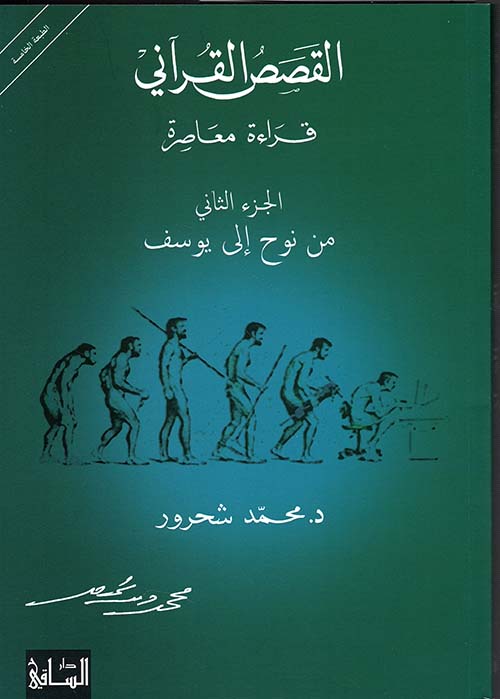
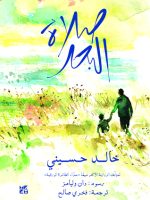
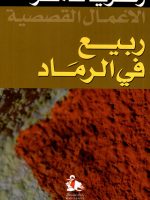
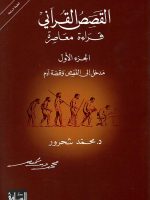


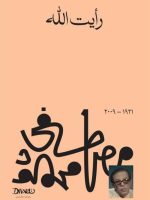
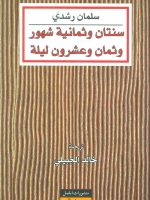
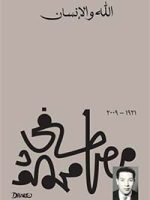
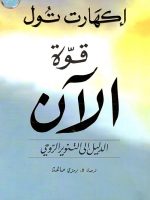
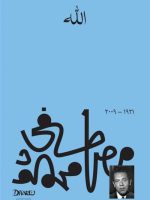

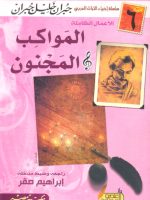
Be the first to review “Quranic Stories A Contemporary Reading Part Two From Noah to Joseph”